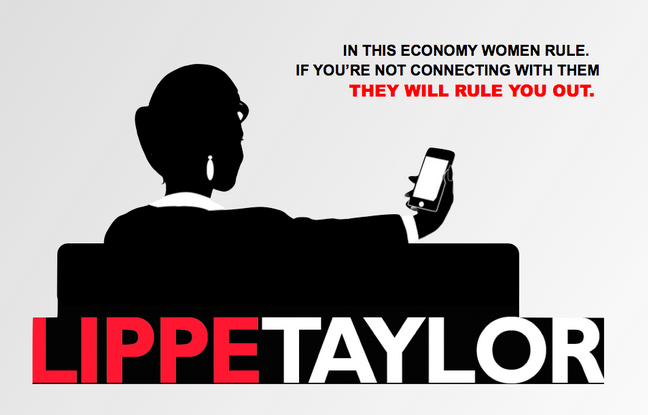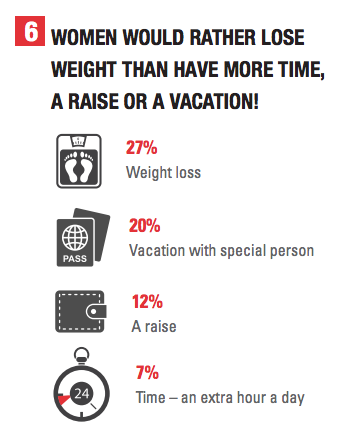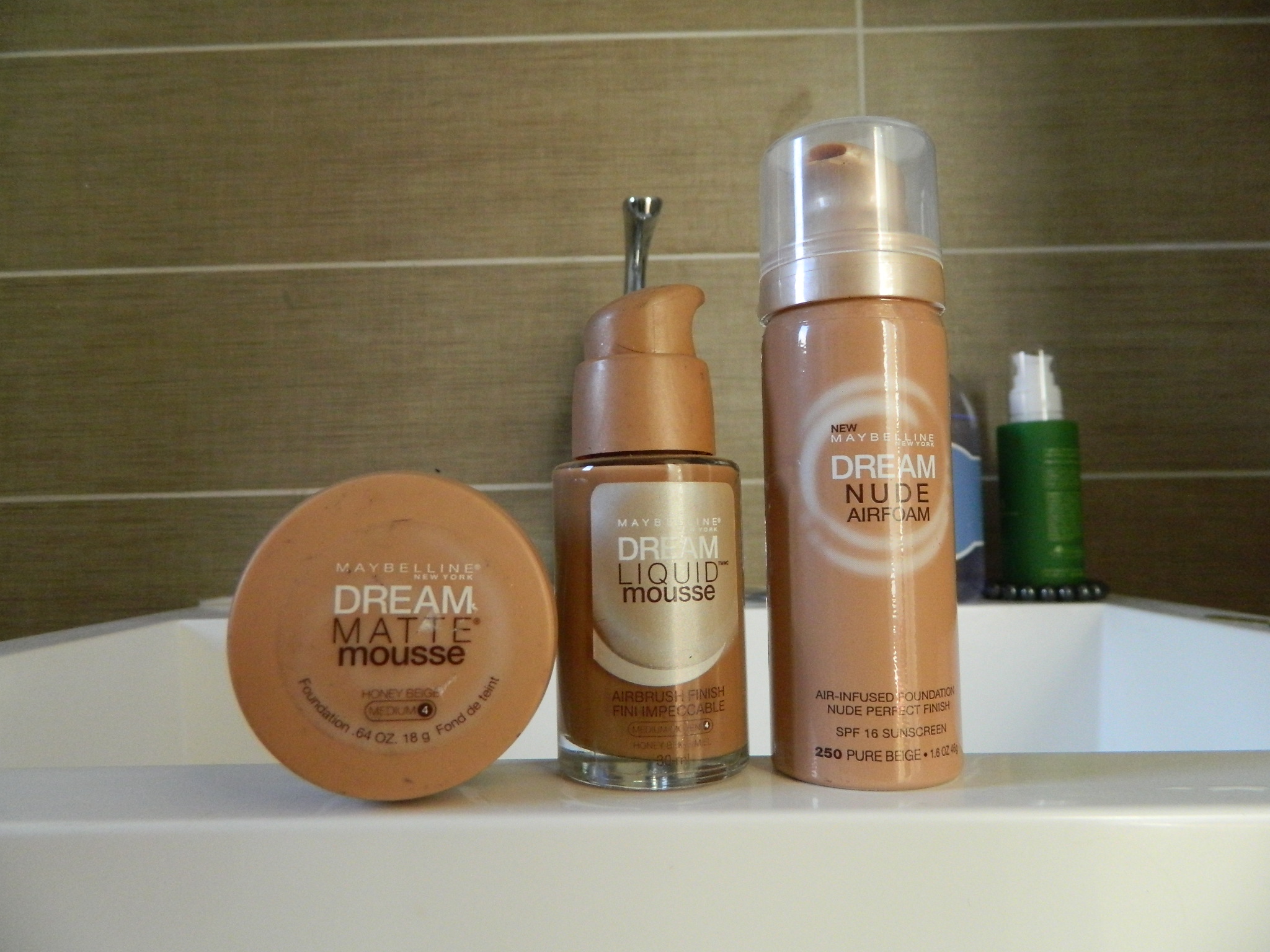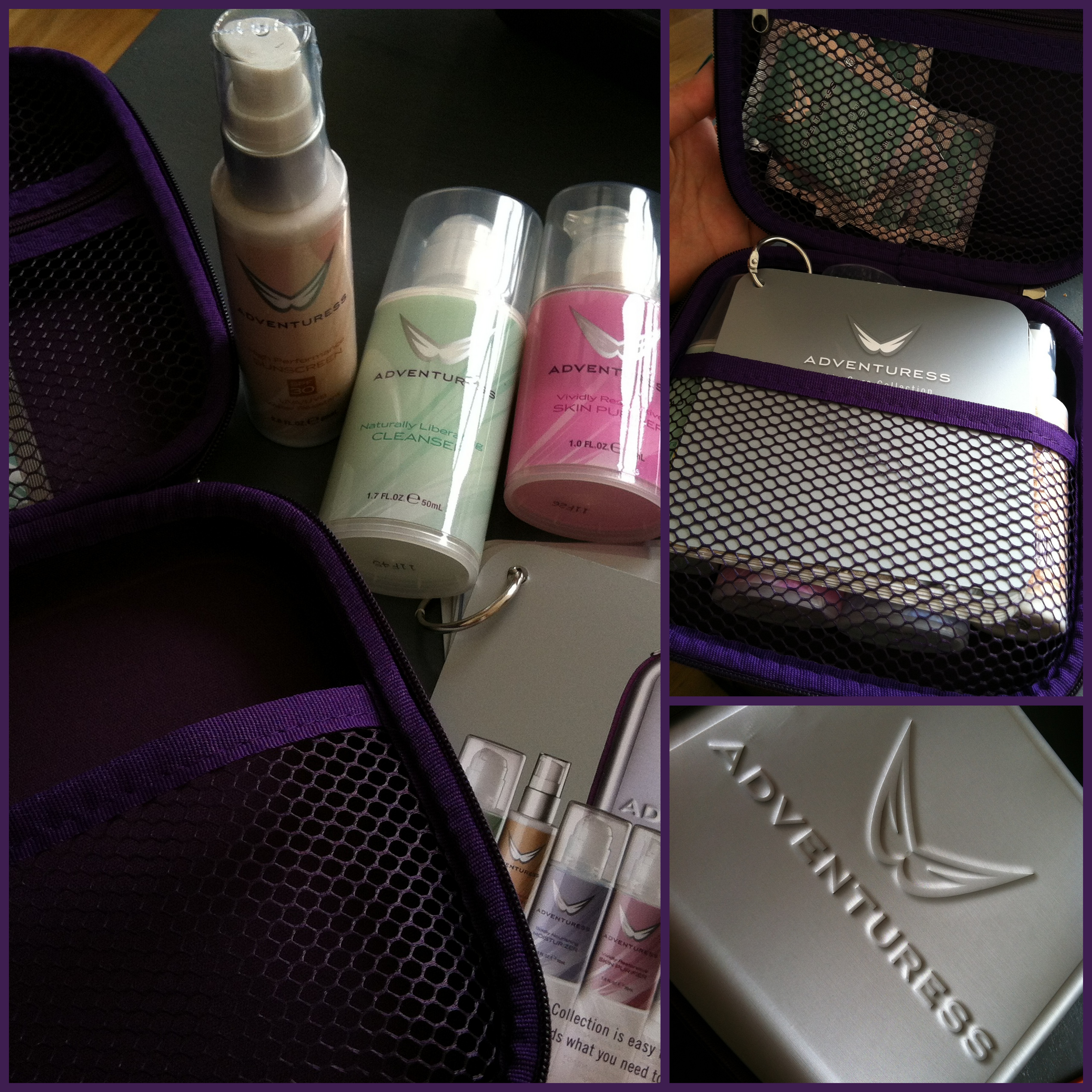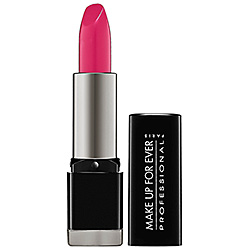-
New Survey Stats: What Women Want in 2015
This report uncovers how women are feeling about everything from personal/family finances to life goals and their top worries. This survey was conducted by SheSpeaks, the leading women’s influencer platform, and Lippe Taylor, a leading integrated marketing communications agency that specializes in motivating women to buy.
1. 2015 Is The Year of Health: There are a lot items women want to accomplish in 2015, and getting healthy (68%) remains a top priority, followed by moving to a new home or remodeling a current one (42%) and making a positive impact on their community (36%).
2. Women’s Biggest Woes: Between family, friends and work, women juggle a lot, which means there’s a lot weighing on their mind. In 2015, health care (29%) continues to be a top concern among women, followed by worries over racial tension (20%) and job security (15%).
3. Going for the Green: 89% of women think their financial situation will stay the same or get better
4. Optimism in the New Year: 64% of women say they’re optimistic about the New Year
5. Tough it Out: 10% predict 2015 will be a tough year
6. Fit Bod: 27% women would rather lose weight than have an extra vacation (20%), a raise (12%) or an extra hour a day (7%)
7. Moving to Mobile: As we learned this year with lower-than-projected sales on Black Friday, shopping on-the-go is quickly catching up with, if not overtaking traditional points of sale as consumers increasingly turn to mobile shopping to save time and money. 20% of women say they’ll make MORE purchases on their mobile phones in 2015, up 4% from 2014.
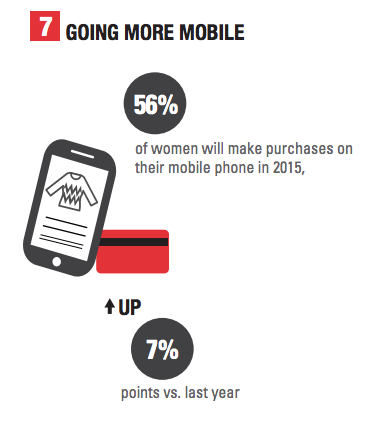 8. Fashion, Beauty and Music Take Priority: Among the top purchases they plan to make on their phone in the coming year, clothing (30%), beauty products (29%) and downloadable music (28%) were at the top of the list.
8. Fashion, Beauty and Music Take Priority: Among the top purchases they plan to make on their phone in the coming year, clothing (30%), beauty products (29%) and downloadable music (28%) were at the top of the list.9. I See London; I see France: When it comes to disposable income, 28% of women surveyed would spend it on travel
10. Maintaining the Balance: 64% of women are optimistic as they head into 2015, and to maintain that state of mind, they plan to spend time with family (73%) and do little things for themselves (72%). 50% just want more quiet/meditation time
*The SheSpeaks/Lippe Taylor survey was fielded online among 2,162 SheSpeaks members from December 12 – 16, 2014 and comprised of U.S. women aged 18 years and older.
-
Experts Weigh In: Hair Washing Trends & The Right Routine For You
From women who insist on washing their hair every night to those who are immersing themselves in the “no-shampoo” or “co-washing” movements, who wins out?
With numerous hair washing trends emerging and “How often should I wash my hair?” being one of Google’s top 10 beauty searches for 2014, we’ve turned to NYC-dermatologist, Dr. Marnie Nussbaum and celebrity hair stylist, Naté Bova to save you (and your hair) a headache. Here is their easy-breezy guide to help you gauge the right routine for your locks:
- Co-Washing. “Co-washing is extremely beneficial to those with dry, dehydrated or damaged hair, otherwise it will simply weigh down those the fine-haired. Since unshampooed hair retains more of its natural oils than shampooed hair, the conditioner’s moisturizing agents will now leave strands even smoother and silkier than usual,” says Bova.
- Non-Foaming Shampoo and ‘No-Poo’. “The biggest problem with ‘no poo’ is many experience extremely oily and greasy looking strands in the beginning, because your scalp keeps producing natural oils at the same rate it did when you used a basic shampoo that stripped your hair. You can still get healthy hair results by opting for a shampoo that is made with natural or organic ingredients and one that doesn’t contain sulfates, paraben or harsh chemicals like Aviva’s Hydracreme Shampoo. Formulated with an assortment of botanical extracts, the shampoo works to eliminate buildup without stripping your hair of the moisture it needs, leaving your locks nourished and your scalp soothed,” says Dr. Nussbaum.
- Cleansing Conditioners. “Cleansing conditioners work well with thicker, wiry hair because they leave more humectants throughout the hair. It is also a frizz controller because the humectants in most of these products can give a ‘weight’ to the hair strands keeping unruly hair under control. Dry or dyed hair can also benefit from these products, because they leave your hair feeling conditioned. Those with finer hair can also use these products, but should alternate regularly with a regular shampoo” says Bova.
- Scalp Washing. “Incorporating a soap and alkali-free scalp shampoo into your weekly regimen can help to stabilize you hairs structure, as well as treat sensitive and delicate scalp conditions while eliminating dandruff. I often recommend Sebamed Scalp Activating Shampoo to patients as it’s a pH balanced wash that naturally supports scalp circulation – which is essential for hair growth and thicker-looking hair” says Dr. Nussbaum
As far as to how often you should be washing your hair? Dr. Nussbaum says, “All of these routines allow your hair to retain its natural oils, which will prevent dryness of the scalp and strands. Depending on the texture and condition of your hair you shouldn’t wash your hair on a daily basis. The drier your hair, the less you should wash but I do recommend using a regular shampoo once or twice a week to cleanse the scalp and alleviate product buildup left behind from hairsprays, mousse or gels.”
